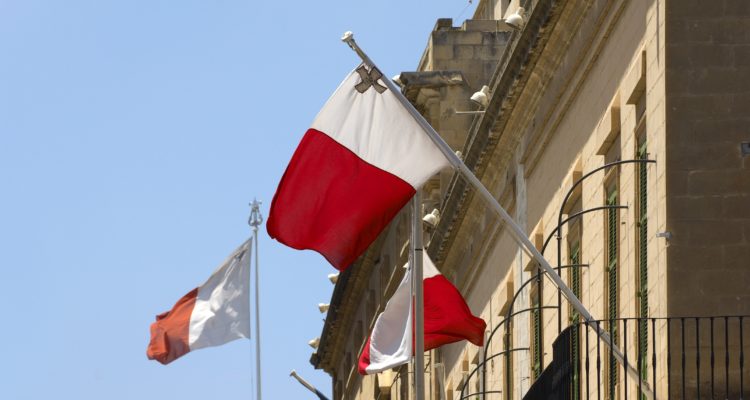Maltese Numbers and Days of the Week
Malta, a jewel in the Mediterranean, not only captivates with its azure waters and historical marvels but also with its unique language. Dive into the essence of Maltese culture by unraveling the nuances of their numbers and days of the week. The Maltese alphabet, numbers, days of the week, and “ancient” words all derive from the Arabic Language. The Arabs are a large part of Maltese history! As well as Arabic, the Maltese language is a combination of many other languages. These are just some simple words that anyone should know when traveling to another country. Although Malta primarily speaks english, here are some useful words to learn before going to Malta!
Maltese Numbers: Embarking on a linguistic journey, let's first acquaint ourselves with Maltese numbers. The Maltese counting system, influenced by Semitic roots, brings a distinctive charm to numerical expressions.
- Wieħed - One: Begin your exploration with the simplicity of "wieħed." From solitary moments to the beginning of a new adventure, "wieħed" embodies the essence of the number one.
- Tnejn - Two: As you move forward, encounter "tnejn," resonating with the idea of pairs and duality. In Maltese, this number opens the door to a world of balance and harmony.
- Tlieta - Three: The journey continues with "tlieta," representing the magic of trios. In Maltese, three is more than a number; it's a symbol of completeness and creativity.
- Erbgħa - Four: "Erbgħa" introduces the stability of four. In a culture deeply rooted in tradition, this number reflects the strong foundations upon which Malta's rich heritage stands.
- Ħamsa - Five: A blend of tradition and symbolism, "ħamsa" carries cultural significance. Often associated with protection, it adds a layer of depth to everyday expressions.
- Sitta - Six: Enter the realm of "sitta," where balance meets dynamism. This number embraces both structure and fluidity, mirroring the dynamic spirit of the Maltese people.
- Sebħa - Seven: In Maltese, "sebħa" marks the path towards completeness. A number with religious undertones, it connects to the cultural fabric that weaves through daily life.
- Tmienja - Eight: "Tmienja" carries a sense of order and completeness. In the tapestry of Maltese numerals, eight symbolizes abundance and prosperity.
- Disgħa - Nine: As you approach the end of the numeric spectrum, "disgħa" resonates with the culmination of experiences. It encapsulates the richness of a journey well-lived.
- Għaxra - Ten: The journey concludes with "għaxra," a number that signifies completeness and a sense of accomplishment. It's a numeric milestone, marking the end and the beginning.
Days of the Week: Now, let's traverse the temporal landscape of Malta by delving into the Maltese days of the week.
- It-Tnejn - Monday: A day of beginnings, "it-Tnejn" heralds the start of the week, brimming with possibilities.
- It-Tlieta - Tuesday: "It-Tlieta" invites the momentum to build, infusing the week with energy and determination.
- L-Erbgħa - Wednesday: Midweek arrives with "L-Erbgħa," a day of balance, reflecting on what has been and what is yet to come.
- Il-Ħamis - Thursday: "Il-Ħamis" carries a sense of anticipation, a prelude to the approaching weekend.
- Il-Ġimgħa - Friday: The day of celebration and joy, "Il-Ġimgħa" ushers in the weekend with open arms.
- Is-Sibt - Saturday: "Is-Sibt" beckons for relaxation and leisure, a time to unwind and recharge.
- Il-Ħadd - Sunday: The week concludes with "Il-Ħadd," a day for reflection and gratitude, preparing for the week ahead.
As you weave through the numbers and days that shape Maltese expression, you embark on a linguistic and cultural journey, unlocking the heartbeat of this enchanting archipelago. Whether counting the moments or savoring the days, the beauty of Malta reveals itself through its rich linguistic tapestry.


